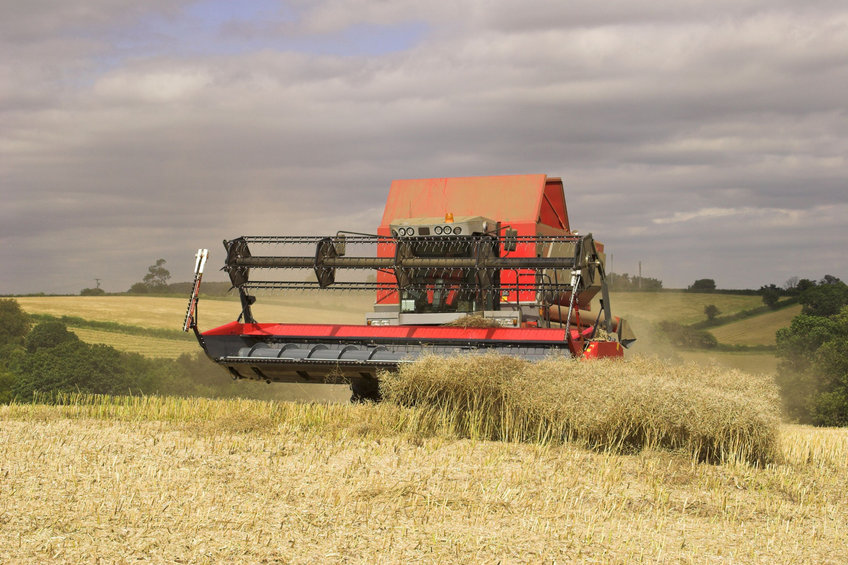
Farm input costs have continued their slow upward creep, according to the latest AF AgInflation Index — but not every sector is feeling the squeeze in the same way, as farmers brace for another tough year of tight margins and volatile markets.
The AgInflation Index, produced by the UK’s largest agricultural purchasing co-operative, tracks annual changes in the cost of key farming inputs such as feed, fuel, fertiliser, seed, machinery and energy.
AF’s latest report, covering the year to 30 September 2025, shows an average increase of 0.77% compared with the previous year. While modest overall, the data reveal sharp contrasts between input categories — and the pressures are far from evenly spread.
Three of the nine main areas tracked by AF fell in price, with chemicals down 11.2%, animal feed and medicines down 7.4%, and seed costs easing by 1.2%.
However, fertiliser climbed by almost 11%, contract and hire costs rose more than 6%, and machinery, fuel and electricity each went up by around 3%. Rent, property and labour costs saw the smallest rises, up just 0.7% and 0.2% respectively.
Over the same period, the Retail Price Index (RPI) rose by 5.2%, underlining the ongoing gap between consumer food prices and on-farm cost inflation.
AF’s analysis shows mixed fortunes across sectors. The cost of growing cereals and oilseed rape rose by 1.46%, with poor weather further eroding yields and margins.
Potato production costs jumped 4.8%, while the retail price of potatoes edged down. Sugar beet costs increased by 3.97%, yet retail sugar prices fell by 3.4%, squeezing grower returns.
In contrast, dairy farming costs benefited from lower feed and medicine prices, producing a small overall deflation of –0.81%. Beef and lamb costs also dipped slightly, by –0.44%, even as retail meat prices climbed nearly 10%.
Barry Crossan, AF’s head of utilities strategy and data analytics, warned that electricity bills could rise sharply next year. He said that while wholesale prices have stayed steady, “delivered cost of electricity will increase due to a sizeable uplift in the non-commodity costs”, with higher fixed charges expected from April 2026.
AF’s chief of agriculture John Barrett added that falling crop values were masking the real financial strain. “If you look at how much the value of crops such as wheat and sugar beet has decreased, combined with increased costs of production, the impact to farmers is profound,” he said.
Alastair Nottage, livestock inputs procurement manager, noted that protein prices were beginning to rise after six years at record lows, driven partly by new EU deforestation regulations, while Patrick Crehan, AF’s fuel procurement manager, said global oversupply had kept oil prices lower this year despite political volatility.
AF chief executive Helen Whittle said collaboration would be key to weathering future pressures. “Whilst there have been good news stories this year, such as rising price of cattle and sheep, and increased value of oilseed rape, this year’s AF AgInflation data shows agricultural input costs continue to creep upwards,” she said.
Whittle added that AF’s digital tools and credit schemes were helping members manage cash flow and efficiency. “As we get closer to 2026 and the challenges it’s set to bring, your AF co-operative is at your side to make sure we buy better, together,” she said.
